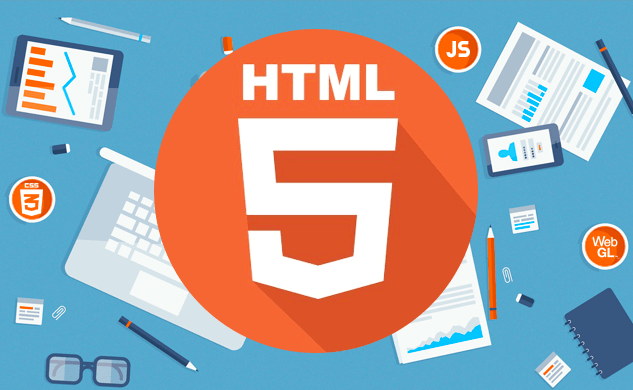20Shift: Your Daily Dose of Insight
Stay updated with the latest trends and news across various domains.
HTML5: When Old Meets New Like a Digital Love Story
Discover the romance of HTML5 as it revives old web magic with fresh innovations. Dive into this digital love story now!
The Evolution of HTML: Bridging the Gap Between Old and New
The evolution of HTML has been a remarkable journey that reflects the rapid advancements in web technology. Since its inception in the early 1990s, HTML has undergone significant changes, transitioning from its humble beginnings as a simple markup language to the robust framework we use today. Versions like HTML 4.01 and XHTML 1.0 laid the groundwork by introducing features such as semantic elements and improved accessibility. The release of HTML5 marked a pivotal moment, incorporating multimedia support, new APIs, and enhanced interactivity, thus bridging the gap between traditional web pages and dynamic applications.
As we continue to embrace the future of web development, knowing the evolution of HTML is essential for both developers and content creators. The shift from static to interactive web experiences has led to a greater emphasis on user engagement and mobile compatibility. With the rise of frameworks and libraries like React and Angular that build upon HTML's core principles, the landscape has expanded, allowing for innovative designs and applications. Understanding these changes not only helps in crafting better web experiences but also ensures that we harness the full potential of HTML in our digital strategies.

How HTML5 Revolutionizes Web Development: A Dive into Its Features
HTML5 has brought a transformative wave to web development by introducing a plethora of new features and functionalities that enhance the way developers create interactive and engaging websites. One of the most significant upgrades is the native support for multimedia elements, allowing developers to embed audio and video without relying on external plugins. This shift not only improves the user experience but also fosters accessibility, making content more available across different devices and browsers. Additionally, the canvas element enables dynamic, scriptable rendering of 2D shapes and bitmap images, opening up possibilities for the creation of rich graphics and animations directly within the browser.
Another revolutionary aspect of HTML5 is its focus on semantic markup, which provides a more meaningful structure to web pages. Elements such as <header>, <footer>, <article>, and <section> allow developers to define sections of content clearly, improving SEO and enhancing the overall document hierarchy. These semantic elements not only help search engines understand the content better, but they also facilitate easier navigation and better usability for assistive technologies. As web development continues evolving, the adoption of HTML5 stands as a pivotal advancement, ensuring that websites are both modern and user-centric.
HTML5 vs. Legacy HTML: What You Need to Know for a Smooth Transition
As web development evolves, understanding the differences between HTML5 and legacy HTML is essential for a smooth transition to modern web standards. HTML5 introduces several new features and improvements, such as native audio and video support, semantic elements, and enhanced form capabilities. These innovations not only provide developers with powerful tools for creating rich web applications but also enhance user experience by ensuring that content is more accessible and easily navigable. Moreover, adopting HTML5 allows websites to be optimized for a variety of devices, including smartphones and tablets, which is crucial in today's mobile-centric world.
Transitioning from legacy HTML to HTML5 may seem daunting, but it can be managed effectively with a few key strategies. First, inventory your existing HTML code to identify deprecated tags that need to be replaced. Consider employing semantic HTML5 elements such as <header>, <footer>, and <article> to improve structure and readability. Additionally, utilizing tools and validators can help streamline this process, ensuring that your website not only adheres to the latest standards but also performs optimally across all browsers. Embracing these changes will set a strong foundation for future web development projects.